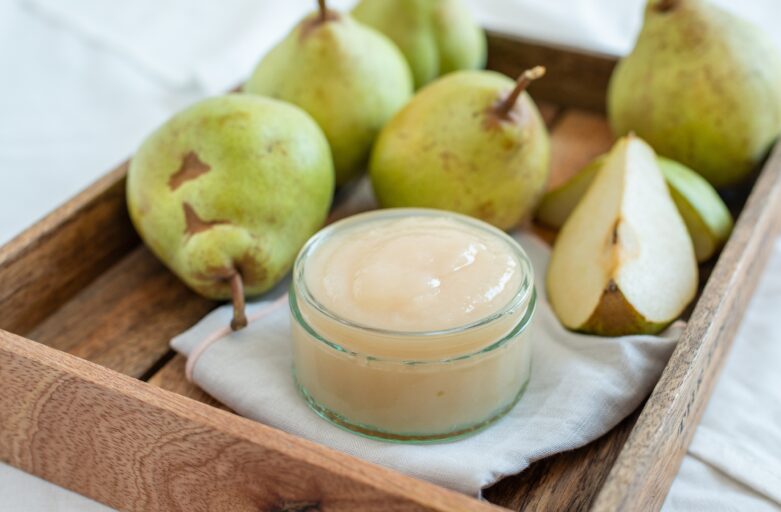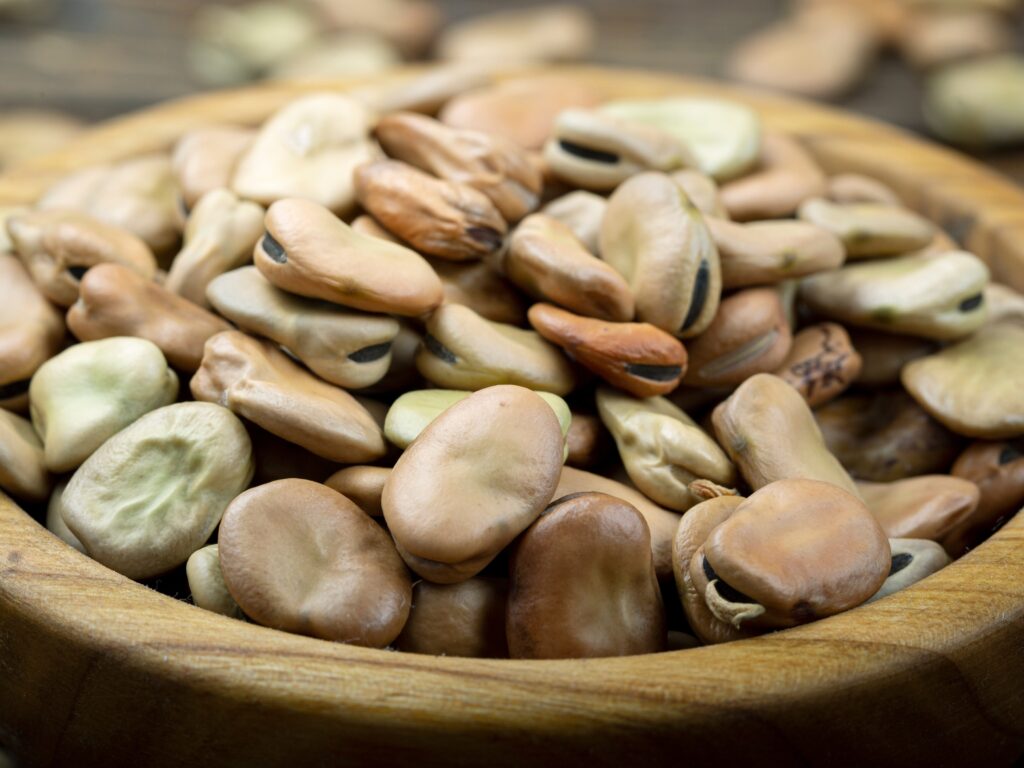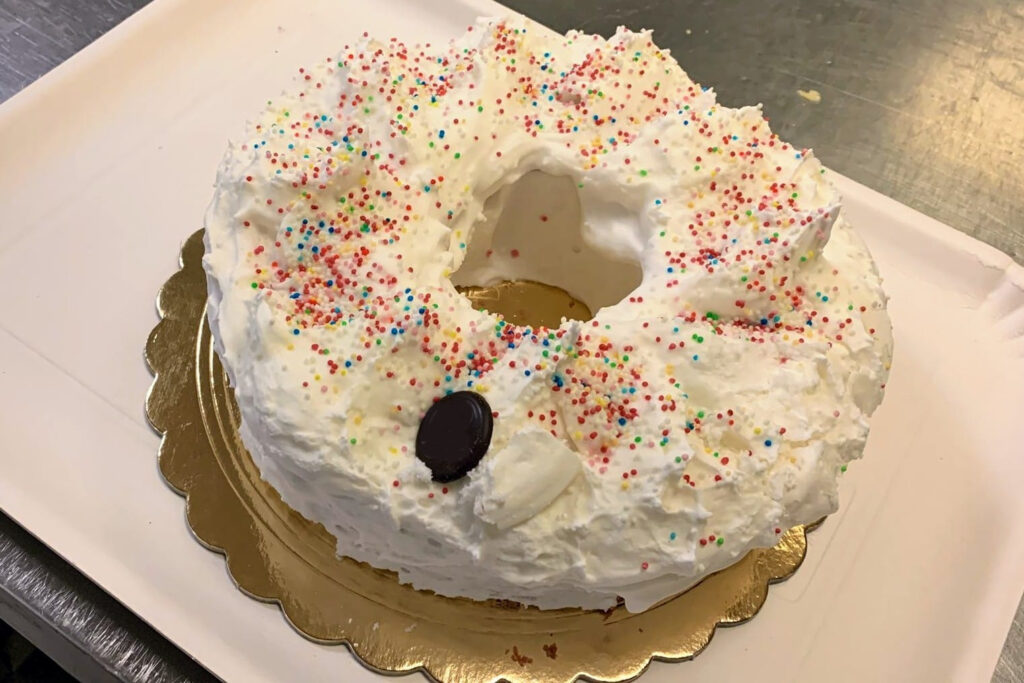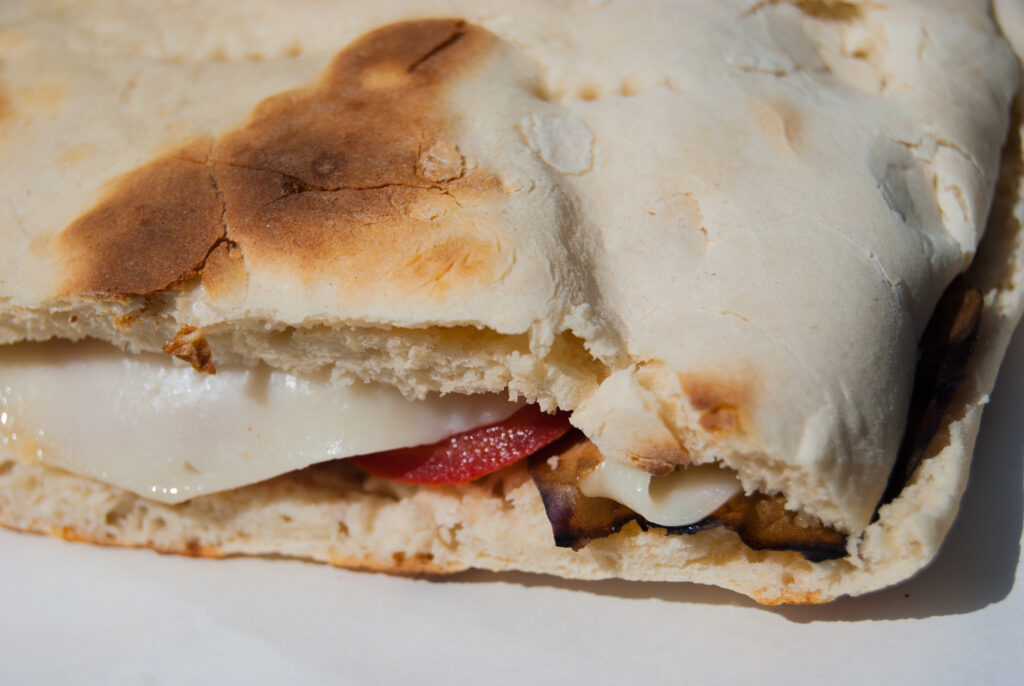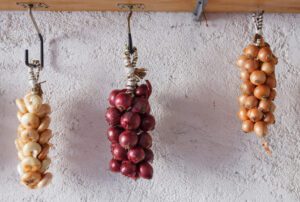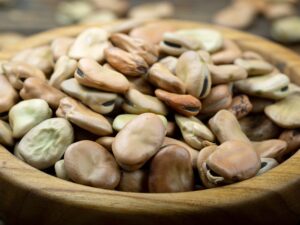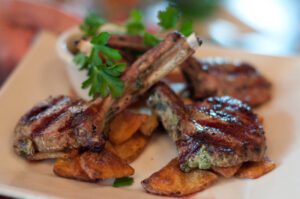The Pear of Monteleone di Orvieto is a variety of pear that takes its name from the municipality of Monteleone di Orvieto in the province of Terni. It is a variety of late fruit spread between Umbria and Lazio that is nowadays endangered. For this reason, it has been included in the Ark to Taste by the Slow Food Foundation, involved in the recovery and protection of small-scale production from the threat of industrial agriculture and environmental degradation.
Early evidence of this fruit
The first written document reporting the name of the Pear of Monteleone di Orvieto is dated 1585. It is the Herbario Novo, a text written by the doctor Castore Durante da Gualdo, where the pera montolioni is mentioned, with many other varieties of this fruit. The pear was a fruit already spread and appreciated at the beginning of 1500. In fact, it is also represented in a painting by Domenico Alfani (la Madonna col Bambino e Santi – The Virgin with Child and Saints) in which one of the saints kneeling at the feet of the Virgin holds this fruit in his hand.
Various names of the Pear of Monteleone
The Pear of Monteleone di Orvieto is also known in the local dialect as pera muntilione, or it is also called pera papera (duck pear). This latter name derives from the neck of the fruit that recalls that of a duck. In the past, the Pear of Monteleone was also known as bistecca del villano (peasant’s steak) because it fed people almost as much as a piece of meat, considering its nutrients and high energy value.
Characteristics and culinary use
The Pear of Monteleone di Orvieto is a late pear. That means that it is harvested in late autumn (between mid-October and early November) and stored for a long time, enduring throughout the winter. In the past, pears were tied together to form a plait shape and then hung in a dry, cool place to prolong their life. It is a fruit that is generally cultivated as a single tree, not in orchards. Also, these trees were used to demarcate the boundaries of land properties.
The variety of Pear of Monteleone is medium-sized; the skin is smooth and yellow, while the pulp is white, with a firm, grainy consistency. For these characteristics, it is generally cooked and used for preparing sweet soups with chestnuts, cooked in the oven with honey, or simply used for the stuffing of tarts.
Vivi l’Umbria insieme ai suoi protagonisti
Percorsi ed esperienze da scoprire per un’immersione nella cultura, nella natura e nei sapori umbri
